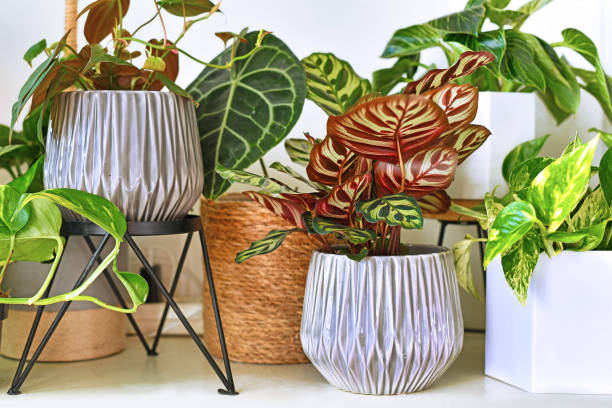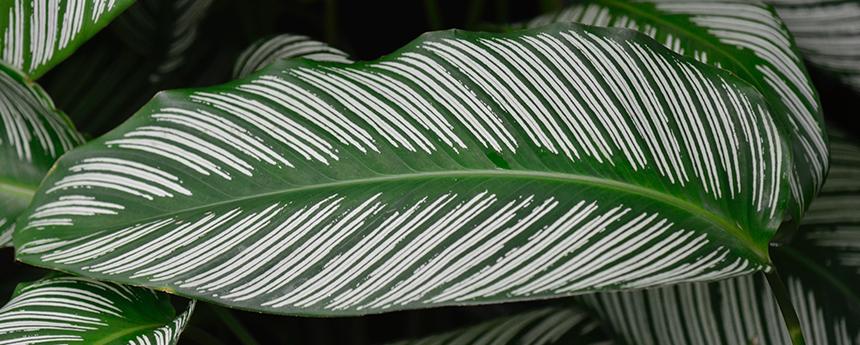- 2022-12-20
why are the leaves on my calathea turning brown on the edges?
This is the most common issue for Calatheas. Here are four possible reasons brown edges appear on your Calathea’s leaves.
Underwatering
Low humidity
Poor water quality
Temperature fluctuations
Underwatering is the most common reason for brown edges. Calatheas like the soil to be slightly moist (but not waterlogged) at all times, if you let the soil get completely dry in between waterings you are guaranteed to get brown edges. Check if the soil is moist by sticking you finger in the soil to the knuckle. If there’s almost no soil sticking to your finger when you take it out then the soil is too dry.
Solution: You should give your Calathea a deep soak. Take it to a sink or bathtub and water it thoroughly until the water runs out of the bottom holes. If the soil was very dry and compact you will need to wait a few minutes and then water it thoroughly once more to loosen up the earth and make sure the water is getting to the roots. Let it rest and drain a few minutes then you can take it back to its pot. For the future, you should adjust your watering schedule. Frequent and little is best.
Low humidity generally means under 50%.
The best way to measure humidity in your house is by using a hygrometer. Calatheas prefer about 60% humidity.
Solution: If you don’t want to buy a humidifier you can make a habit of misting the leaves frequently – spray the leaves with a bit of water at least once a week, during the day. Don’t leave too much water sitting on the leaves and don’t spray at night or you risk getting fungal issues. Alternatively, you can move the plant to a more humid room such as the kitchen or bathroom.

Low water quality.
Calatheas can be quite sensitive to the minerals in our tap water, especially if you live in an area with hard water. Tap water contains salts, chlorine, minerals and fluoride – all of which can build up in the soil of your plant causing the tips of the leaves to burn, turn brown, and curl up.
Solution: One way you can remedy this is to use a water filtration system. If you do not have a water filter available, leaving your water in an open container or sink overnight before using it can help relieve some of the chlorine.
Temperature fluctuations.
Is your Calathea near a vent, air conditioning, drafty window or sitting on a heated floor? All of these can lead to sharp changes in its environmental conditions which can add unneeded stress to the plant.
Solution: Move the plant to a more sheltered location. If the issue is floor heating you can put the plant on a stand or table, just as long as the pot is not touching the floor directly (even if the plant is in a decorative pot).
Tip: Don’t be afraid to trim dying leaves, they’re not coming back. You can cut off the entire leaf (if most of it is brown), or you can trim the edges with a clean scissors (clean it with rubbing alcohol between cuts so it doesn’t lead to an infection). Never remove more than 20% of a plant’s leaves at once or it can go into shock.




















